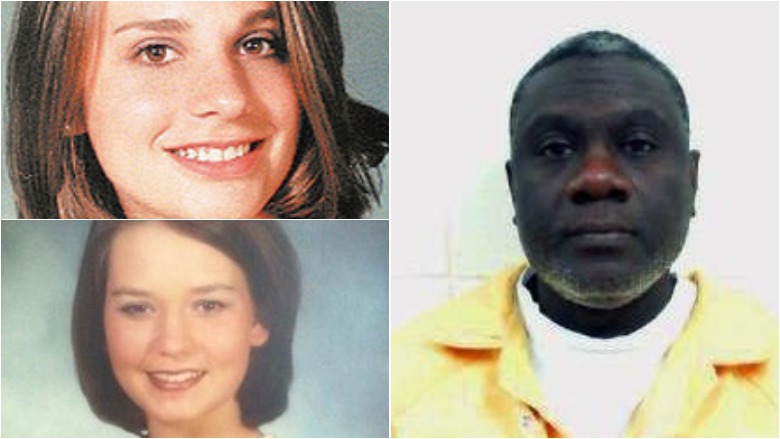
A 45-year-old man has been arrested in the 1999 cold case rape and murder of two teen girls in Ozark, Alabama. Coley McCraney was identified a suspect in the deaths of J.B. Beasley and Tracie Hawlett after police used DNA from the crime scene to search a genealogical database, the Dothan Eagle reports.
Beasley and Hawlett, high school friends from Dothan, Alabama, were 17 when they were killed on July 31, 1999. McCraney was 26 at the time of the killings. He is an Alabama native and has lived in the area in the years since the murders, according to court records. McCraney is listed on Facebook as a bishop at a local church and has also worked as a trucker. He is married with children and has no apparent criminal record. McCraney had never been on the radar of police during the 20-year investigation into the murders.
Advances in DNA technology and genealogical search methods have led to several other high-profile cases being solved in a similar manner, most notably the Golden State Killer serial murder case in California. In other recent cases, a 44-year-old nursea was arrested in the 1993 cold case murder of an Alaska woman at a college, a 72-year-old retired grandfather was charged in the 1973 murder of an 11-year-old girl in California and in Minnesota, a 52-year-old father and well-known businessman was charged in the 1993 murder of a woman.
McCraney remains in custody without bail at the Dale County Jail. It is not known if he has hired an attorney who could speak on his behalf. He has been charged with multiple counts of capital murder and one count of first-degree rape, according to Dale County Jail records. McCraney was arrested March 16 and booked into jail about 6:30 p.m. McCraney is expected to appear in court on Monday. A press conference is also scheduled for Monday where Dale County officials and Ozark Police are expected to announce the charges against McCraney. He faces life in prison or the death penalty if convicted.
Here’s what you need to know about Coley McCraney and the cold case murders of J.B. Beasley and Tracie Hawlett:
1. JB Beasley & Tracie Hawlett Were Found Dead of Gunshot Wounds in the Trunk of Beasley’s Car a Day After They Went Missing While on the Way Home From a Party
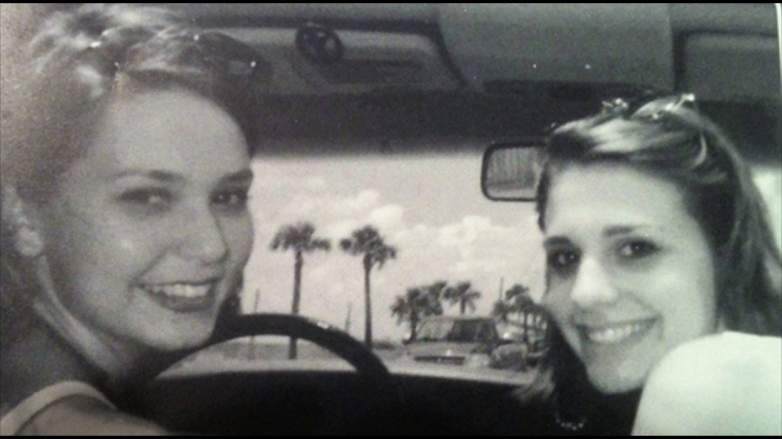
Family PhotoJB Beasley and Tracie Haweltt.
J.B. Beasley and Tracie Hawlett, of Dothan, were on the way home from Beasley’s birthday party in Headland, on July 31, 1999, when they got lost in Ozark, according to Al.com. Carole Roberts, Hawlett’s mother, told the news site the girls had stopped at a convenience store in Ozark and could not understand the directions home. Hawlett had called her mother and told her they were on their way home, but they never made it, according to police.
On August 1, after the girls were reported missing, police found their bodies in the trunk of Beasley’s car on the side of Herring Avenue in Ozark, according to police. They had both been shot once in the head. Their jewelry, purse and money were not missing.
The teen friends were classmates at Northview High School in Dothan. Their deaths sparked a nationwide search.

Beasley and Hawlett.
The break in the case came when investigators submitted DNA from the crime scene to Virgina-based Parabon Labs, Ozark Police Chief Marlos Walker told ABC News. Walker said they decided to send in the evidence, which was semen found on Beasley’s clothes, after the arrest of the Golden State Killer suspect in California and with the 20th anniversary of the girls deaths upcoming this summer. The lab has worked to provide DNA phenotype services and has helped crack several cold cases by creating profiles with crime scene DNA on public genealogy websites.
Police were able to find a match to a family member who had submitted DNA to one of the website databases. The police then used other investigative techniques to confirm Coley McCraney was the suspect in the case. Walker told ABC News the investigators recognized McCraney’s name in the DNA search and brought him in for a DNA swab. The swab matched evidence collected at the crime scene, according to Walker.
In other similar investigations, police obtained an item with DNA on it discarded in public by the person of interest and then confirmed it was a match to the DNA from the crime scene. In the Golden State Killer case, police said they found DNA on a tissue in his trash. In a recent Minnesota case, police waited for the suspect to throw away a napkin after eating a hot dog at a youth hockey game.
Walker told WDHN-TV, “I don’t believe DNA lies.” He called the latest developments “shocking.”
Walker said there is no evidence that McCraney knew the victims before the killings. Police received the DNA match about three weeks ago.
2. McCraney Served in the Military Before Returning Home to Alabama, Where He Was Living at the Time About a Mile Away From Where the Teens Were Found Dead, Records Show
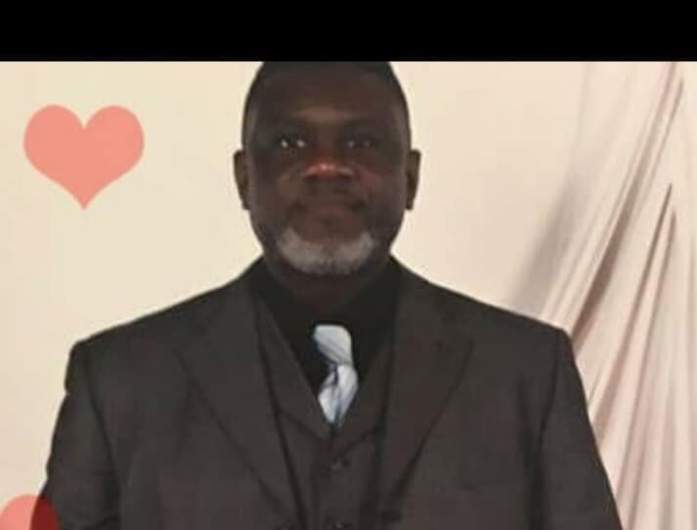
Coley McCraney.
Coley McCraney is an Alabama native. He graduated from Carroll High School in 1992, where he was the president of the library club and was an athlete, according to WDHN-TV.
At the time of the murders he was 26 and living on Lisenby Drive in Ozark, about 1 mile away from where the bodies of J.B. Beasley and Tracie Hawlett were found in 1999. McCraney was divorced and a military veteran in 1999. He had spent time serving in the U.S. Air Force in Biloxi, Mississippi, after graduating from Carroll High School Ozark, according to the Dothan Eagle. He served from 1993 to 1997.
McCraney then returned home and has lived in Ozark and Dothan since, according to public records.
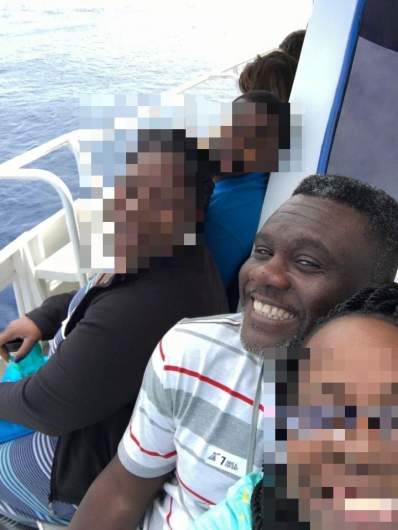
Coley McCraney with his wife and friends.
McCraney filed for chapter 7 bankruptcy while living in Biloxi, Mississippi, in 1995, according to federal court records. Online bankruptcy court records from the time are not available online. Details of McCraney’s military service were also not immediately available.
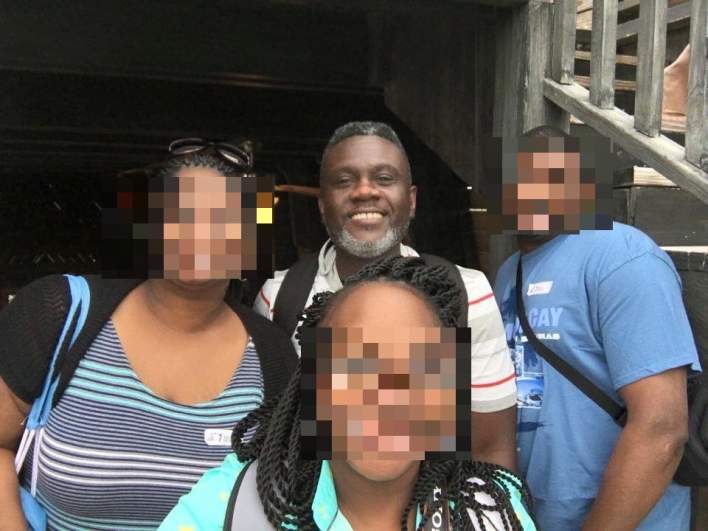
Coley McCraney with his wife and friends.
McCraney has worked for several trucking companies in Alabama over the past 20 years, according to the Dothan Eagle. It is not clear where he is currently employed.
3. McCraney Is Listed as the Bishop & Co-Founder at an Ozark Church, ‘H.O.G. Heart of Goal,’ & Is Married With Children
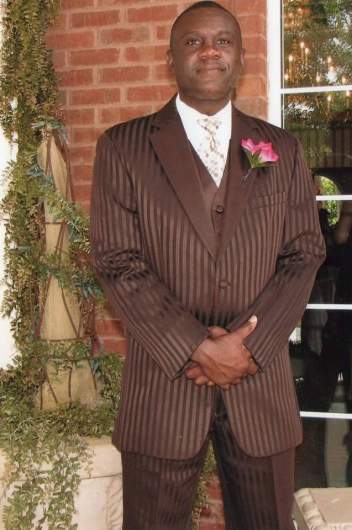
Coley McCraney.
McCraney was initially married in 1992, but separated from his first wife in 1994 and later divorced. McCraney remarried in 2001, to a Dothan public schools employee, according to records. He has children with his second wife and is shown in family pictures smiling with his kids. On June 18, 2011, McCraney and his wife renewed their wedding vows, 10 years after they were married, according to a social media post.
McCraney has also been involved in local churches in the Dothan and Ozark area.
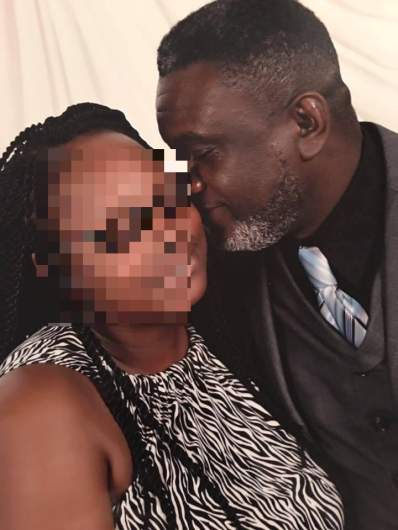
Coley McCraney with his wife.
Alabama state records show McCraney incorporated Spirit and Truth Lifeline Ministries, a nonprofit religious ministry, in 2013. Two other people are named on the Secretary of State records. It is not clear what happened with the ministry.
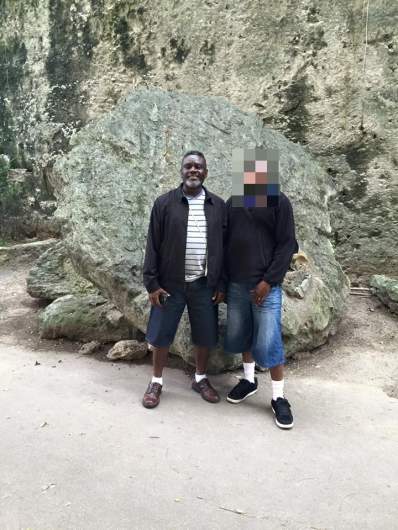
Coley McCraney and a friend.
More recently, McCraney was listed on the Facebook page of H.O.G. Heart of Goal as a bishop and co-founder. The church appears to hold services and community events at local places of worship around the Ozark area. The pastor of the church wrote a message of support for McCraney and his family on the church’s Facebook page on Sunday, a day after his arrest, and a video showing they prayed for him at their service Sunday.
“PRAYING FOR MY GOD LOVING,FAMILY 1ST,PEACEFUL MILITARY SERVING,HARD WORKING FATHER/HUSBANd/SON/UNCLE/COUSIN/
BROTHER”COLEY MCCRANEY (GOD HAS YOU & THE FAMILY AS WELL),” James Lee Fuller wrote on Facebook.
In a 2018 post, McCraney is pictured under the name Bishop Coley McCraney with the caption, “Bishop/ motivational speaker/ working for the Lord.”
4. He Was Sued in a Child Paternity Case in 1998 & Failed to Show up for 2 DNA Tests Before Agreeing to Pay Child Support
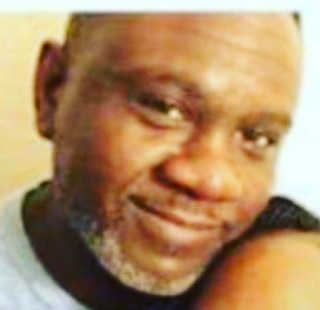
Coley McCraney.
Cole McCraney was sued in a paternity case in September 1998 and was ordered to submit his DNA by a judge on July 30, 1999, just a day before the killings, according to court documents obtained by the Dothan Eagle. McCraney then failed to appear for the DNA test and failed to appear in response to a second DNA test ordered months later, according to the Eagle.
McCraney was eventually ordered to pay $243 in back child support and $50 per month after that to catch up. His mother filed several child support petitions over the next several years claiming he had failed to pay support, the newspaper reports.
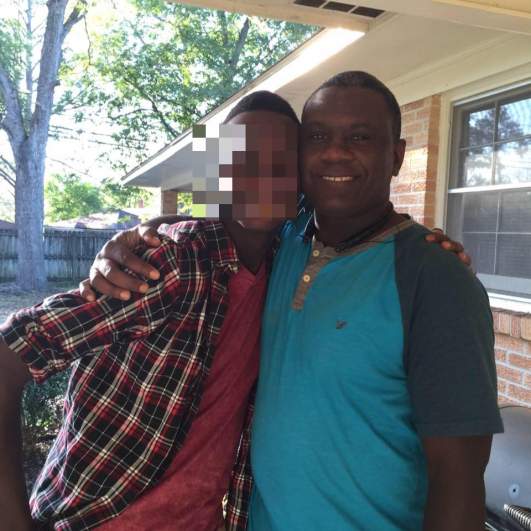
Coley McCraney with his son.
McCraney does not appear to have a criminal record in Alabama that would have required him to submit his DNA into a national database. “His record is spotless,” a source told WDHN-TV.
5. There Were Other Suspects Identified During the 20 Years the Murders Were Investigated
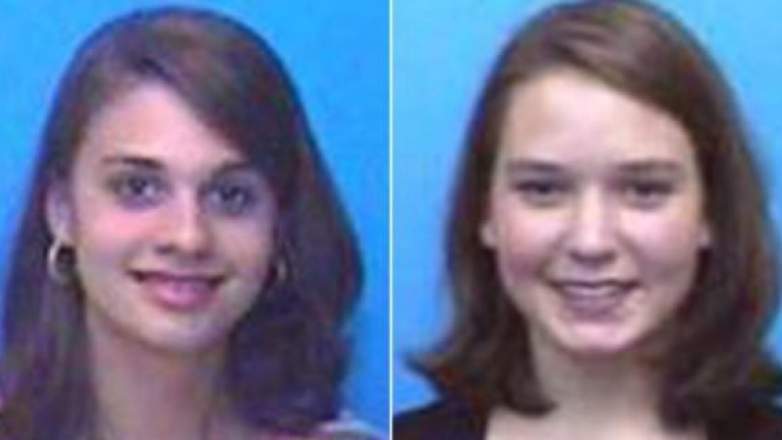
Beasley and Hawlett.
The case drew nationwide attention and has been the subject of TV shows and documentaries over the years.
According to Al.com, investigators conducted more than 500 interviews, examined forensics and tested the DNA of 70 potential suspects. One suspect, Johnny William Barrentine, was arrested after he implicated himself by placing himself at the crime scene during an interview with police. Barrentine later told police he made up stories to get reward money. Barrentine was cleared after his DNA didn’t match semen found on Beasley’s body.
“Some days you go to work, get home and tears start. You go to sleep crying. Through God’s grace and strength, we’ve come this far, and that’s what Tracie would want us to do. It’s hard, but I pray every day law enforcement will come up with some answers,” Carol Roberts, Hawlett’s mother, said during a vigil marking 10 years since the murders, according to the Dothan Eagle.
Cheryl Burgoon, Beasley’s mother, told the newspaper at the vigil, “Once you lose a child, it takes you to places you could never expect. For people to come out and care this much, it’s a miracle. I can’t do it alone.”
READ NEXT: Man Whose First Wife Died Mysteriously Is Wanted in the Murder of His Second Wife